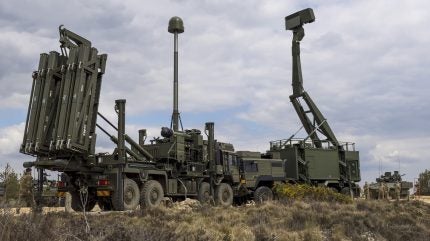
A potential inability in the UK to effectively defence key military locations and sites of critical national infrastructure have been further raised, amid continuing reports of drone incursions over US airbases and a parliamentary debate into how the UK can protects its airspace.
The US base saga, which has seen numerous incidents of small drone operating near or over US airbases in the UK, such as RAF Lakenheath, which hosts four squadrons of US Air Force F-35 and F-15E fighters, have raised questions about the UK’s ability to counter the full spectrum of air-based threats.
US Air Force bases at RAF Mildenhall, home of the US air-to-air refuelling capability in Europe, and RAF Feltwell have also been subject to drone incursions.
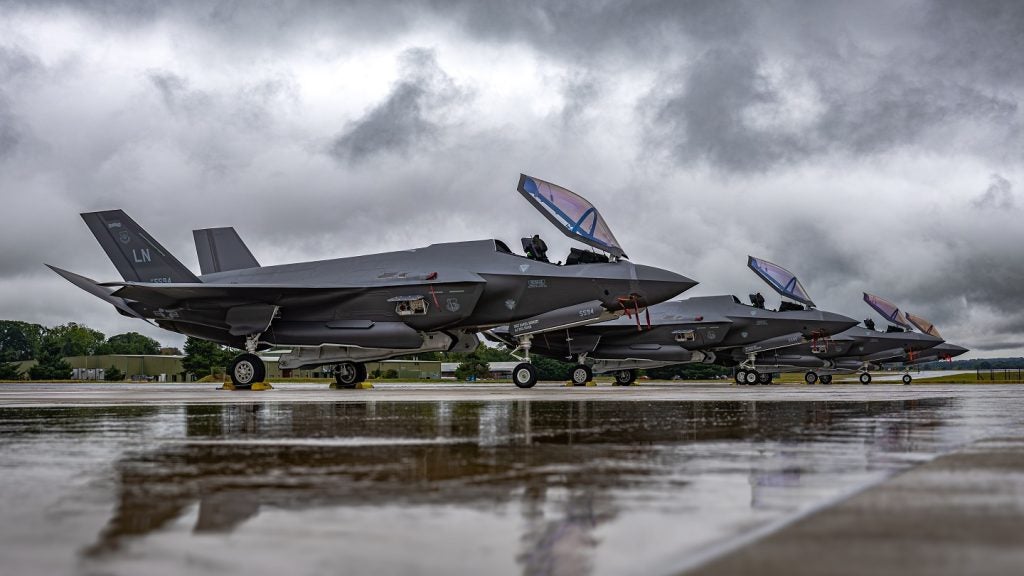
The saga has also been subject to debate in the US Department of Defense, with Pentagon spokesperson Maj Gen Patrick Ryder stating on 26 November drone incursion cases at US military facilities in the UK were being “actively monitored”, during a media briefing.
“You know, the bottom line is it’s something that we’re going to take seriously,” Ryder said.
For the UK government, Maria Eagle, Minister for Defence Procurement, participating in a parliamentary debate on 27 November, said the UK employed “multi-layered and credible force protection measures”, declining to say what had been employed and where, citing security seasons.
“We are aware of what is going on and are doing our best to deal with it,” Eagle said.
Can the UK defend its airspace?
The parlous state of the UK’s land-based air defence capabilities was the subject of special interest by a cross-parliamentary debate at Westminster Hall on 27 November, which outlined clear gaps in the country’s ability to defend against threats such as the drone incursions, as well as weapons being seen in other theatres of war in Ukraine and the Middle East.
Capabilities such as Russia’s use of an IRBM, as discussed by Army Technology recently, also poses a threat to the UK, which has no ability to counter a ballistic missile in the terminal phase of its flight.
The only detection, track, and partial intercept capability for ballistic missiles is found on the Royal Navy’s Type 45 air defence destroyers, which are necessarily maritime by nature.
The British Army maintains a small force of approximately six Sky Sabre ground-based air defence (GBAD) systems, which is comprised of a range of international systems, including Rafael’s Surface to Air Missile Centre command and control system, Saab’s Giraffe Agile Multibeam radar, and the Land Ceptor launcher and missile system supplied by MBDA, firing the Common Anti-Air Modular Missiles missiles.
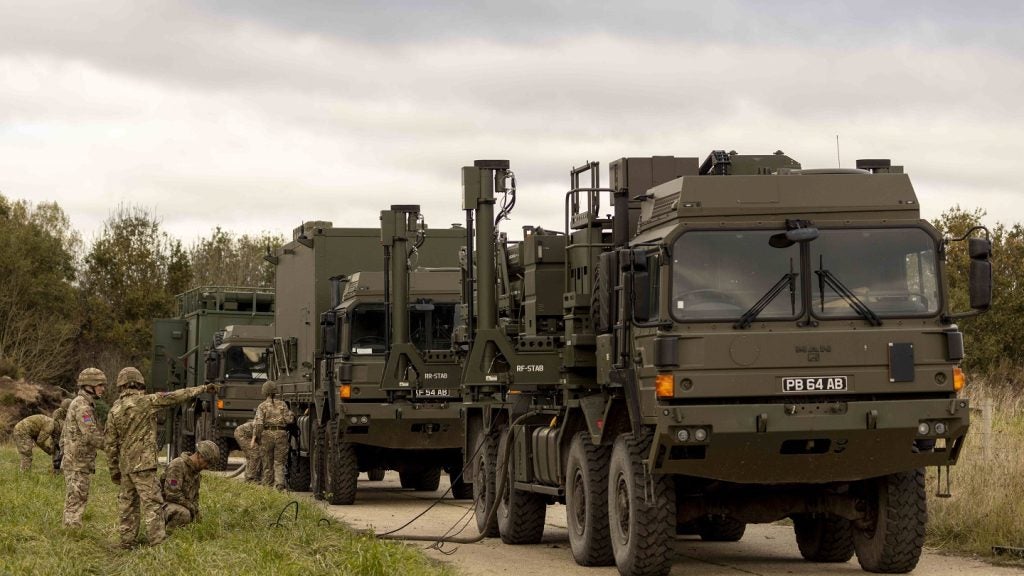
The Royal Air Force operates the Quick Reaction Alert force from RAF Coningsby and RAF Lossiemouth tasked with intercepting aerial threats approaching UK airspace.
In terms of detection and intercept ranges, the Type 45 destroyers, of which there are six in service but far fewer available for operations, can track targets at distances of up to 200 miles, and intercept at ranges of up to 70 miles.
The Sky Sabre, according to the cross-parliament debate, has an intercept range of around 25km. Of the six systems in service, two are deployed overseas to Poland and the Falkland Islands, leaving just four for the UK mainland.
Luke Akehurst, Labour MP for North Durham, revealed that the business case for additional Sky Sabre launchers “had been approved”, orders were yet to be made.
“Bizarrely, no business case has been made for ordering more missiles for Sky Sabre, despite such orders taking longer to fulfil. Crucially, Sky Sabre cannot defend against ballistic or hypersonic missile threats—it was not designed to do so,” Akehurst told MPs.
UK would be overwhelmed by saturation attacks
Citing the example of air defence requirements in Ukraine, Akehurst outlined that nearly 12,000 missiles have been launched against Ukraine by Russia since February 2022, with around 80% of them intercepted. Earlier in November 2024, over the course of one week, Russia launched more than 800 guided aerial munitions, 460 attack drones, and more than 20 missiles of various types against Ukraine.
Similarly, Israel has been the subject of bombardment by rockets fired from Lebanon and Gaza, and more capable ballistic missiles from Yemen and Iran. In October 2024, Iran launched almost 200 ballistic missiles against Israel following its previous attack involving 300 missiles and drones in April.
However, Israel’s sophisticated and multilayered air defence work consisting of the Iron Dome, David’s Sling, and Arrow 2 and Arrow 3, provide a full-spectrum threat detection and interception capability against all known threats.
Faced with such a bombardment, the UK’s paltry GBAD capability would be saturated and overwhelmed.
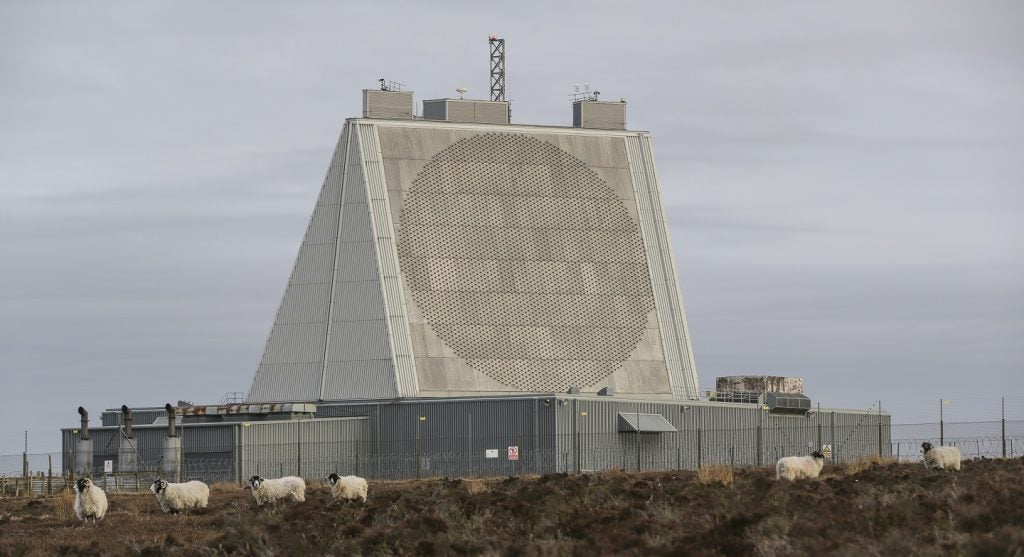
The lack of ground-based air defence infrastructure is stark when analysing the number of military and sites of critical national infrastructure a prospective enemy could seek to target. These include: three Royal Navy bases at Devonport, Portsmouth and Faslane; seven frontline air bases at Benson, Brize Norton, Coningsby, Lossiemouth, Marham, Odiham and Waddington; five military radar sites at Benbecula, Brizlee Wood, Buchan, Fylingdales and Netishead, and the 14 main British Army garrisons at Aldershot, Blandford, Bovington, Catterick, Colchester, Edinburgh, Hereford, Larkhill, London, Pirbright, Tidworth, Warminster, Winchester and York.
The UK sovereign base areas of Akrotiri and Dhekelia in Cyprus, and possibly Gibraltar, are within range of Iranian ballistic missiles.
In addition, the UK’s Atomic Weapons Establishment, which maintains the country’s nuclear warheads, have sites at Aldermaston and Burghfield in Berkshire, with additional facilities at Blacknest and Coulport.
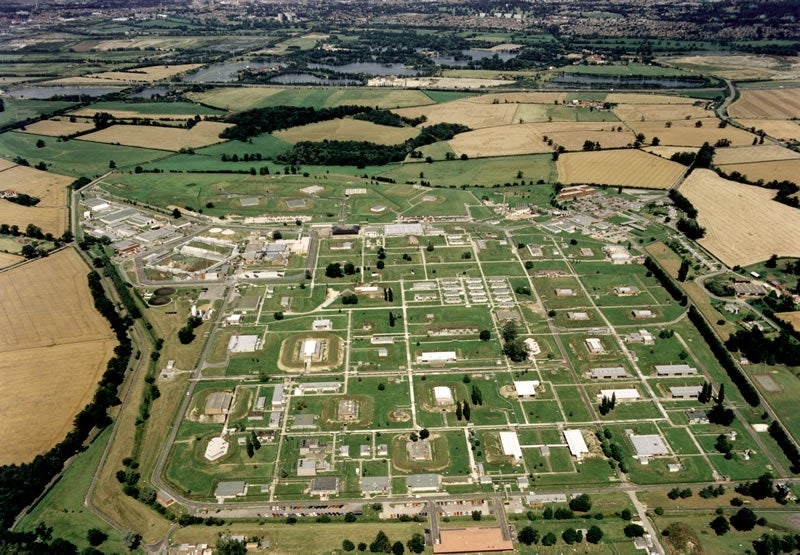
In terms of civilian critical national infrastructure, sites include eight nuclear power stations, 49 gas power stations, and dozens of seaports, airports, and other industrial sites.
Further, the proliferation of wind farms off the east coast of the UK and into the North Sea have created radar blackout areas where the ability to detect threats is greatly hampered by the sensor clutter created by the turbines, potentially offering a weak link through the country’s threat detection capability.
The UK is only at the very early stages in exploring ways to mitigate the radar clutter caused by windfarms, with a solution potentially some time away, and probably costly.



